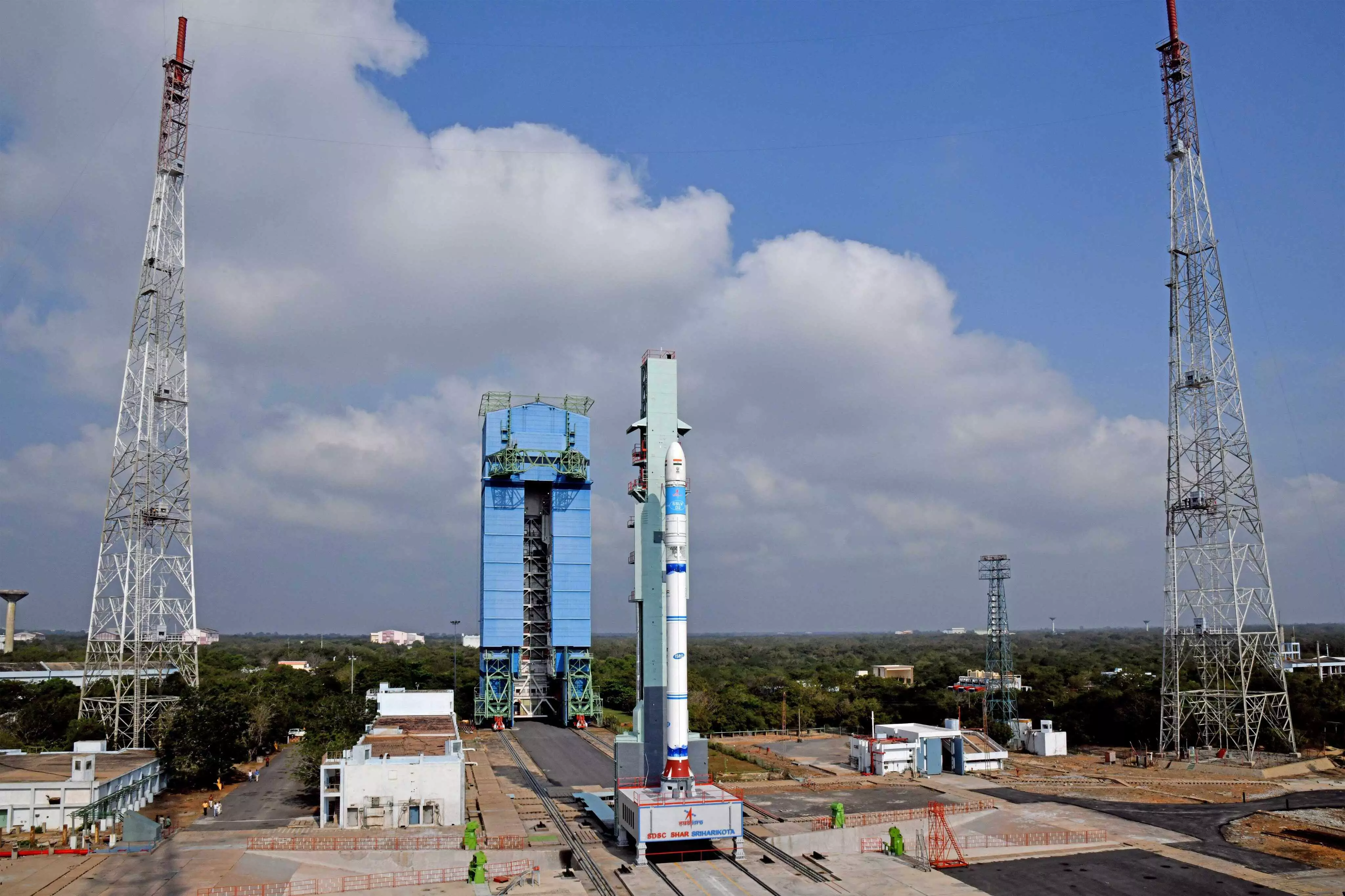TRENDING TAGS :
ISRO launches new rocket SSLV-D2 from Sriharikota
The Indian Space Research Organisation (ISRO) launched the second edition of the Small Satellite Launch Vehicle (SSLV-D2) from the first launch pad of Satish Dhawan space centre at Sriharikota, Andhra Pradesh on Friday.
The Indian Space Research Organisation (ISRO) on Friday successfully launched the second edition of the Small Satellite Launch Vehicle (SSLV-D2) from the first launch pad of Satish Dhawan space centre at Sriharikota, Andhra Pradesh. The launch took place at 9.18am.
"SSLV-D2/EOS-07 Mission is accomplished successfully. SSLV-D2 placed EOS-07, Janus-1, and AzaadiSAT-2 into their intended orbits," ISRO tweeted.
The new rocket will attempt to put three satellites - ISRO's EOS-07, US-based firm Antaris' Janus-1, and Chennai-based space startup SpaceKidz's AzaadiSAT-2 - into a 450 km circular orbit during its 15-minute flight, the ISRO said.
Here's all you need to know about SSLV-D2 and its launch:
1. According to ISRO, the SSLV caters to the launch of up to 500 kg satellites to low earth orbits on a 'launch-on-demand' basis. The rocket provides low-cost access to space, offers low turn-around time and flexibility in accommodating multiple satellites, and demands minimal launch infrastructure.
2. The SSLV is a 34 m tall, 2 m diameter vehicle having a lift-off mass of 120 tonnes.
3. The rocket is configured with three solid propulsion stages and a velocity terminal module.
4. On February 8, the ISRO tweeted: "SSLV-D2/EOS-07 Mission: launch is scheduled for Feb 10, 2023, at 09:18 hrs IST from Sriharikota. Intended to inject EOS-07, Janus-1 & AzaadiSAT-2 satellites into a 450 km circular orbit Vehicle ready at the launch pad undergoing final phase checks."
5. The first test flight of SSLV ended in partial failure on August 9 last year after the upper stage of the launch vehicle injected the satellite into a highly elliptical unstable orbit due to a shortfall in velocity. The investigation into the failure also revealed that there was a vibration disturbance for a short duration on the Equipment Bay (EB) deck during the second stage separation, according to ISRO.



